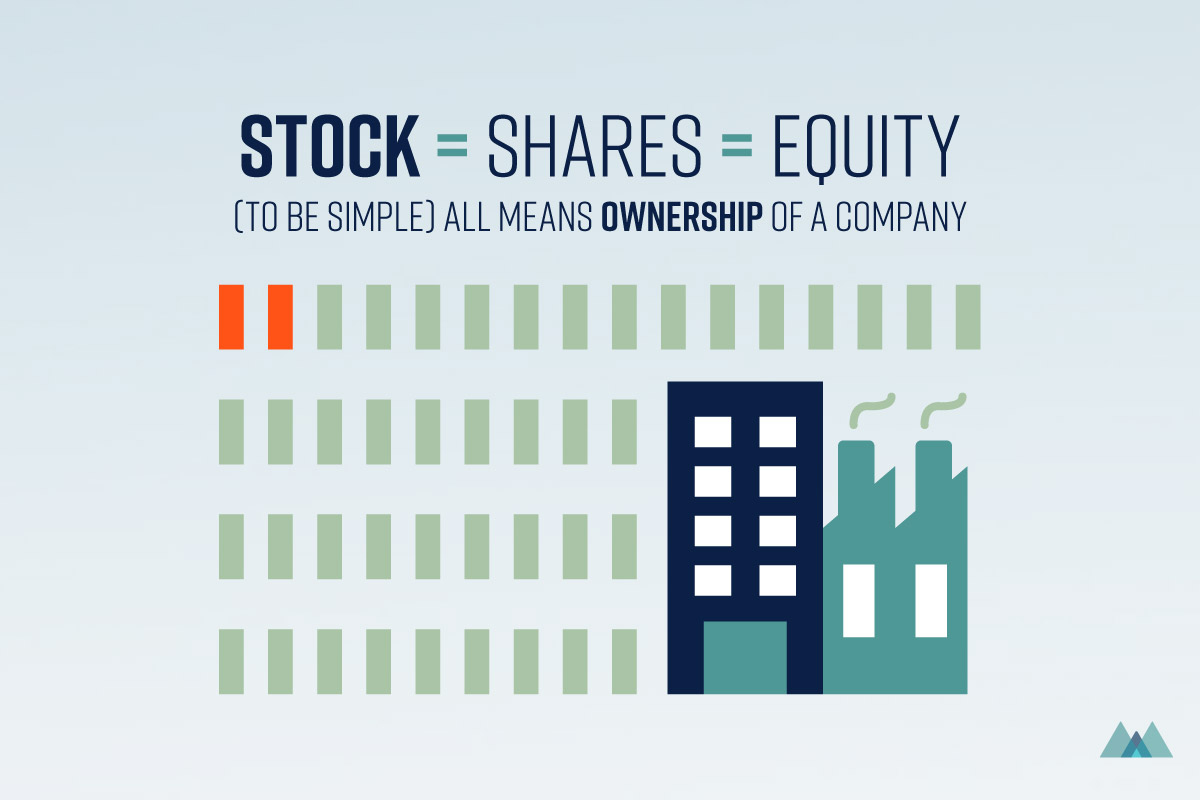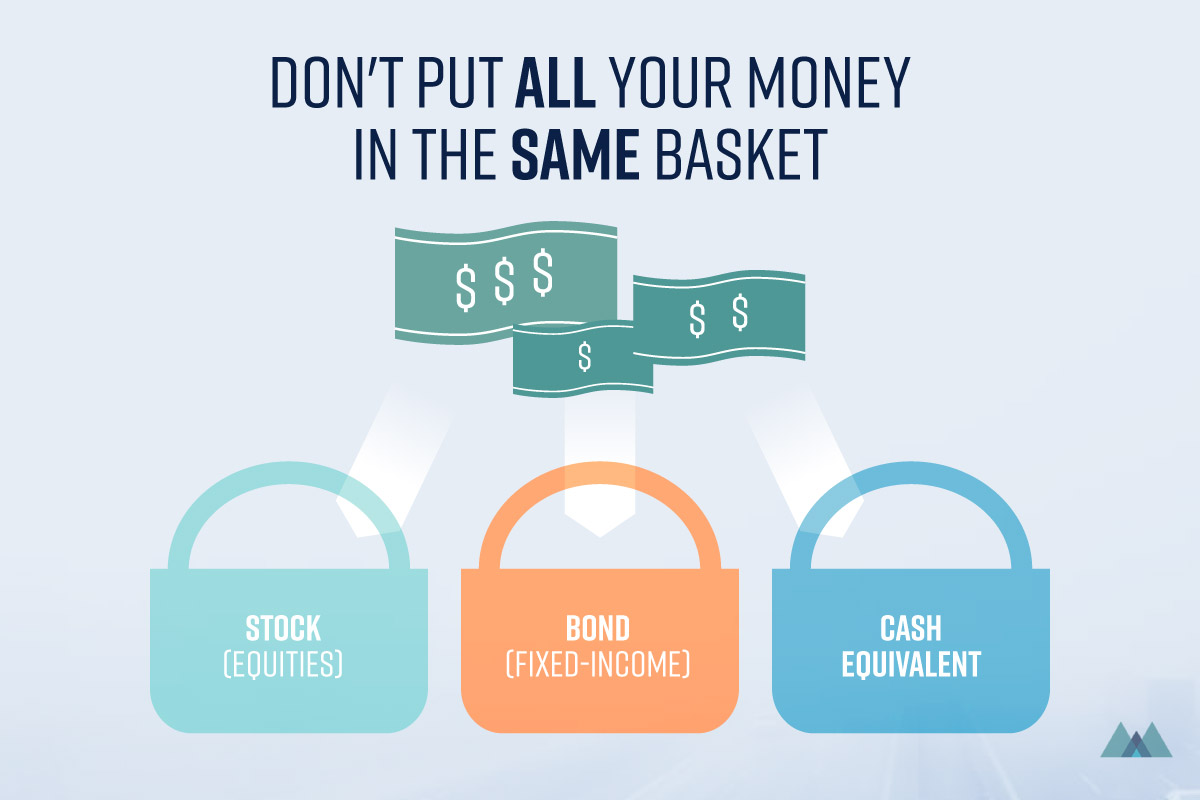His parents financially support him, but Kevin (20) feels the budget is tight. After paying for tuition and rent, a car lease, he has $1,500 per month to spend on food, and all other expenses. Kevin wants his steak meals and party nights, so he decided to start stock investing to earn extra money.
Step 1: Seed Money + Investing Account
Stock investing sounds like a lot of work. Why do you choose to trade, and what did you need to start?
I didn’t want to work for someone else, and I do have a financial skill set for stock investing.
The first thing I needed was the seed money. It took me almost a year to save up $4,000 in seed money to invest. I declare it as the entire budget for stock investing. I know investing is risky, so I never borrow to invest nor touch my minimal living costs. Even if I were to lose everything, I wouldn’t starve to death. But if I achieve gains, I can enjoy my steaks.
How did you set up the investing account?
It depended on where since there are so many brokerages. I was able to invest in the international market and I especially liked the U.S. market, so I set up a TFSA where I could hold U.S. investments with less fees.
Then I changed my seed money to USD and Chinese Yuan at a place with good rates. Often, discount brokerages offer bad exchange rates.
My rule is to trade stocks through a website with only the simplest and most basic functions. These discounted brokerage websites are cheaper, but do not offer advanced technical analysis functions on their website. The trading websites with complex functions usually charge you money for its services. What’s good is some of the higher cost websites also provide access to research performed by its analyst teams and recommendations on what to buy.
Step 2: Research, Research, Research
How did you go about picking up stocks? Do you know what you are doing?
Of course I do. I am top-of-the-class in my major in finance and economics. I have skill sets in technical analysis. I am also keen at following news and trends.
What I did first was narrow down my options on hot industries. I read the news first to see what stocks I should consider (for example, when the game Pokemon Go was released, I considered Nintendo stocks). Then, I conducted industry analysis by reviewing data and detailed information such as candlestick charts.
Through this process, I found promising companies within a fast-growing industry (for example, Tesla). Then I traded to gain quick returns. I am not investing for my retirement now. I just want more of a spending allowance.
Step 3: Analyze & Trade
It sounds like too good to be true. Where do you apply your real skill sets?
It’s tricky to explain how I exactly make all my decisions. It’s a combination of art and science, and I make decisions very quickly. Let me try anyways.
- Gather more information about the company; If this company is focused on one main business; state policy; market sentiment: net capital inflow/outflow; earning forecasts and etc.
- Analyze the stock based on the data collected above with:
- Technical analysis through the use of graphing websites like tradingview
- The support and resistance levels for a stock: these mean the upper and lower price levels of a stock. The price usually will not go above or below these levels.
* Sherpa tips: There are many theories on why this happens. One is that many people may have entered limit orders at these price levels. For example, the support level of Apple which is currently trading at $50 may be $40. This is because many people have put in orders to buy at $40. So when the price starts decreasing towards $40, all the orders to buy Apple will get executed and the price will be maintained at $40.
- The market maker for a stock is someone who has been assigned to provide liquidity for the stock. They will always be trading this stock, so you know that there will always be someone you can sell to or buy from. - Buy & sell at the appropriate time according to my own analysis, which is a combination of moving average technical analysis plus my gut. I sell off stocks when I’m sure the timing is right instead of waiting for higher returns.
- Change money back to CAD when the exchange rate is profitable. For example, I exchanged some USD for CAD just when Trump was elected.
Basically I keep my eyes on the political, financial, and economic news, and I don’t miss any points where I can make gains.
What’s the Reality?
How much money did you make so far?
Throughout my first investing year, I made almost 4K out of 4K. There were times my return was so high that I went out to the best steakhouse in town every day. I could have bought a new car. Next month, however, I lost it all and had to eat McDonald’s everyday.
How much time do you spend on investing? Does it stress you out?
I spend about 10 hours a week on stocks. It doesn’t stress me out since I really enjoy both investing and current affairs. Again, I am just having fun within a set of strict rules. I would never cross the line.
Do you have any advice for other investors?
No matter how confident you are, do not throw all your money in at once.
Sherpa tips:
Kevin’s return looks impressive, but consider the opportunity cost. He spends about 10 hours a week on stocks. Which means that he could have made much more money at a minimum wage part-time job for that time (52 weeks * 10 hours * $ 11.25 = $5,850). If this money was passively invested with a return of 7%, the outcome would be $6,260.
Remember stock investing is not for everyone. The average market return over the past 70 years has been 10.7%, however, the average return of the individual investor is 1.9%. If you don’t know what you are doing, or simply busy, investing in index funds or ETFs are recommended for most individual investors.



